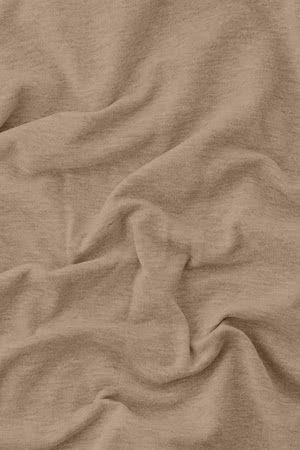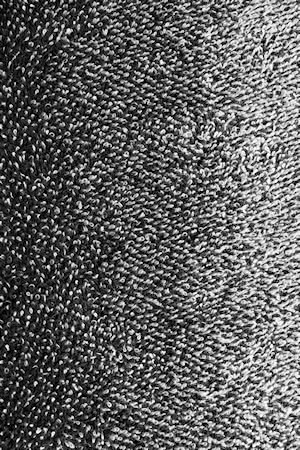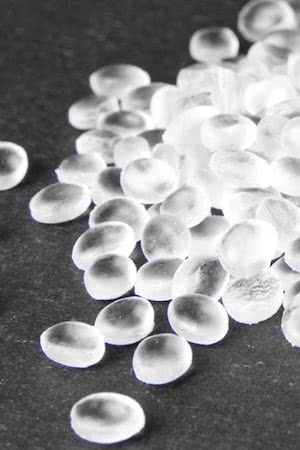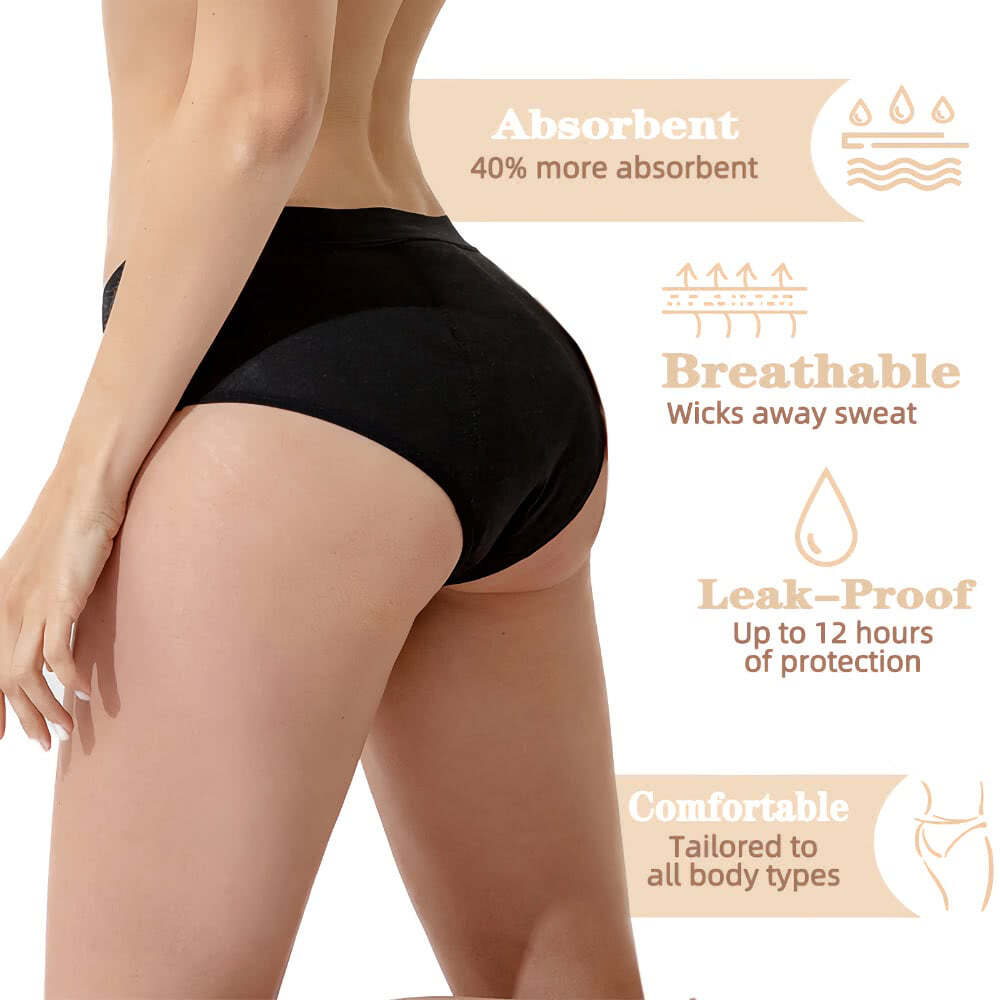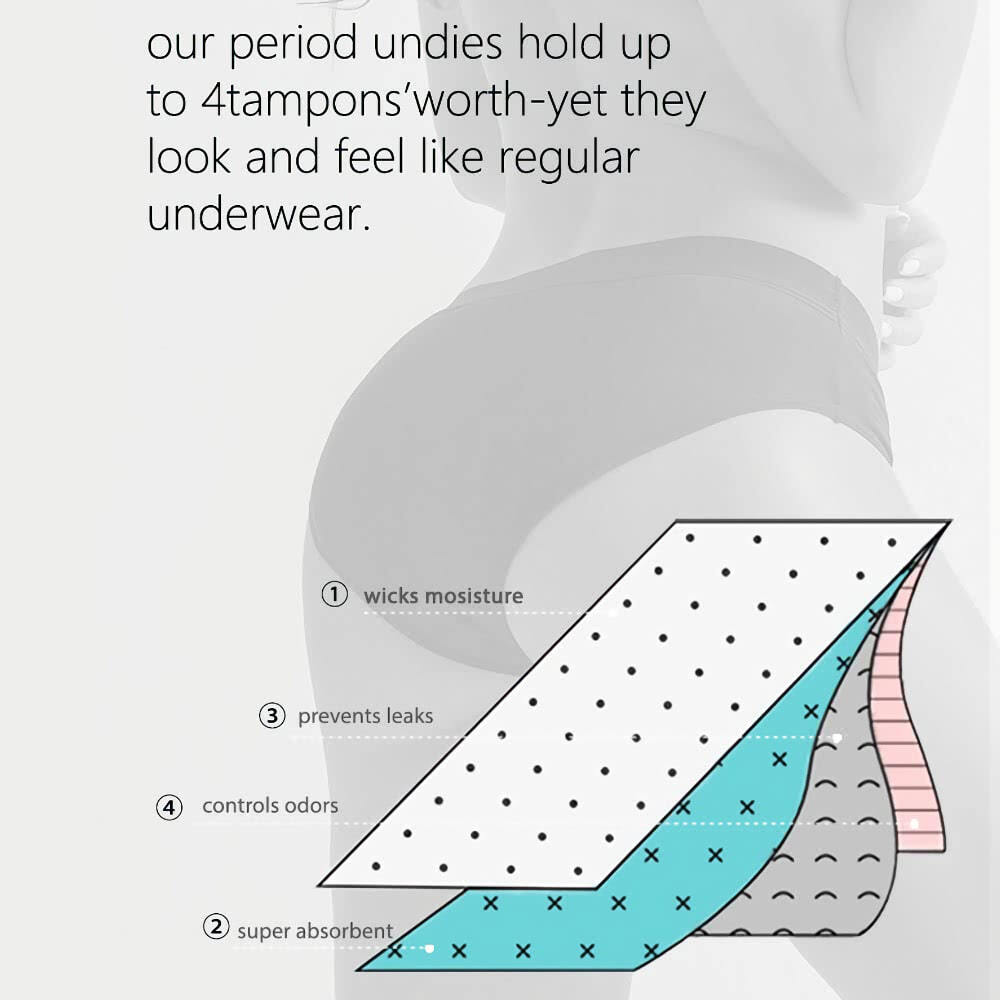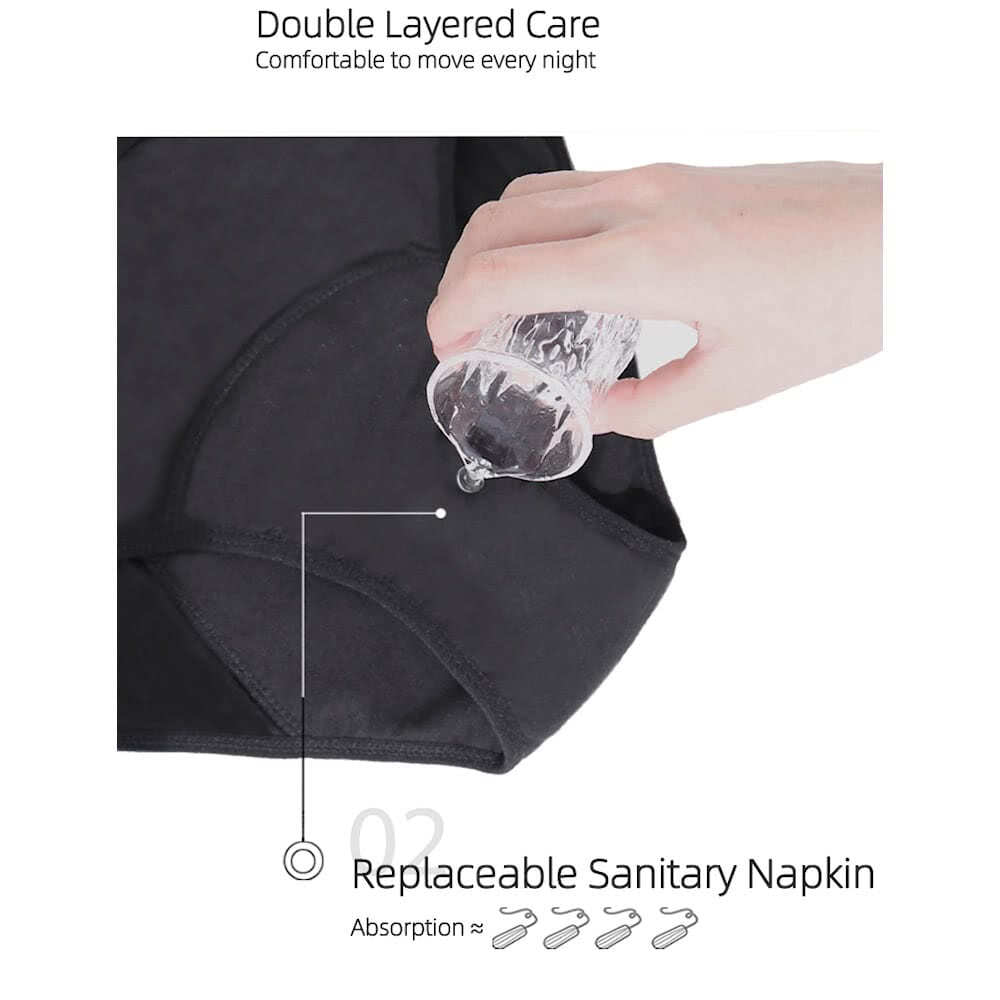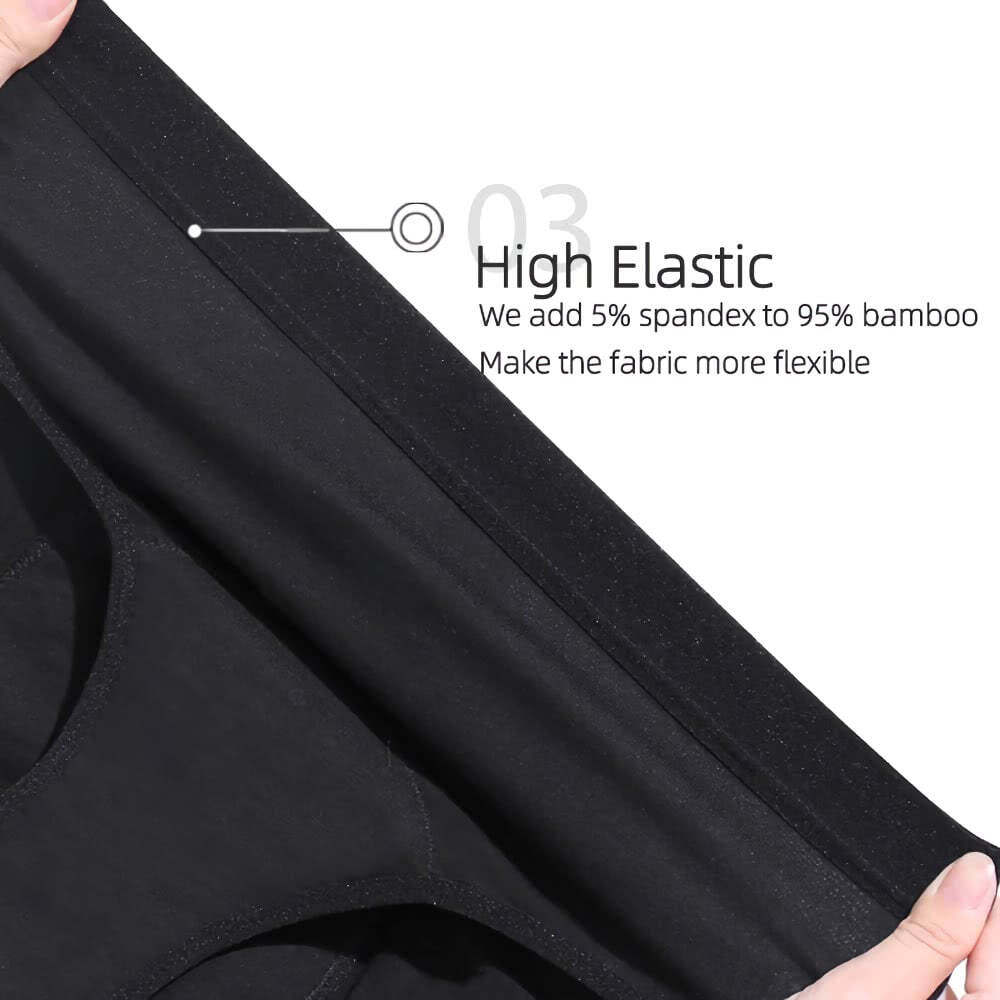How it works?
MATERIAL COMPOSITION
Saathi reusable underwear is skillfully made using a combination of fabric, bamboo fiber, spandex, microfiber and thermoplastic polyurethane. The fabric serves as a comfortable and breathable foundation, while bamboo fiber and microfiber enhance absorbency. The inclusion of spandex ensures flexibility for a secure and comfortable fit.

Why Reusables?
Using reusable period underwear is often misunderstood due to perceived concerns.
Disposable pads and tampons contain chemicals that may interfere with the body’s natural functions, and the sensitive skin near the vagina is vulnerable to exposure to these substances. In addition disposable pads significantly contribute to landfills.
Period panties provide a natural alternative with unbleached, non-dyed layers, ensuring a comfortable and chemical-free experience. Unlike disposables, period panties avoid emitting unpleasant smells caused by chemical reactions and bacteria. Saathi prioritizes transparency and thereby not masking any natural odors.
Saathi’s reusable options benefit the environment and finances by reducing waste and menstrual hygiene costs. Saathi transforms feminine hygiene with a sustainable and environmentally conscious approach, offering reusable panties that last for years. An average woman uses up to 16,000 pads and tampons in her lifetime, contributing to significant land fill waste, especially in plastic-based packaging.
Crafted from biodegradable bamboo fiber, Saathi period underwear provide an eco-friendly alternative, minimizing the environmental impact associated with traditional menstrual care. When it’s time to dispose of them, Saathi underwear can go into the compost bin.
Choose Saathi for a conscious and sustainable menstrual care choice, actively reducing your environmental impact every month.
Join the Saathi movement today to make a change that will last forever



